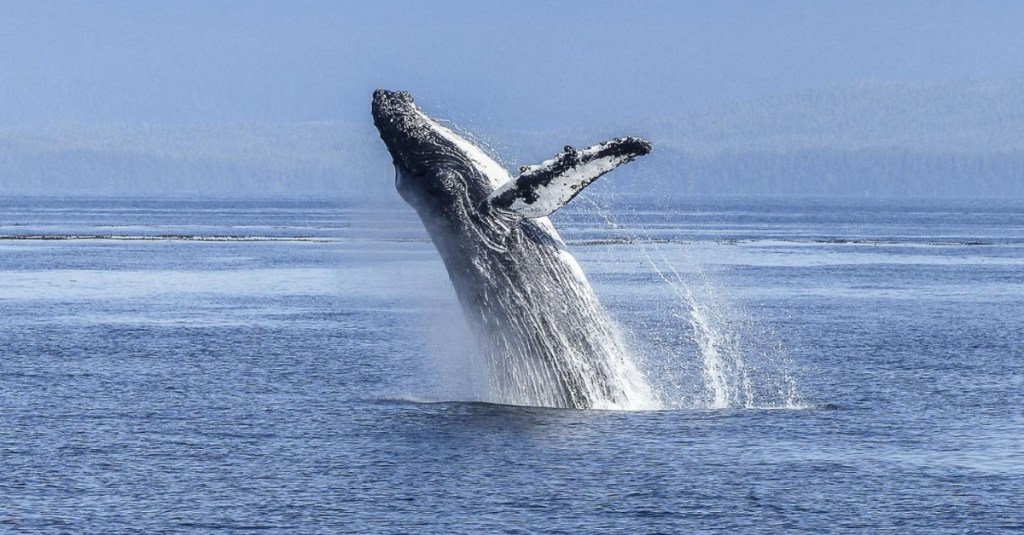Most people know that blue whales are BIG, but did you know they’re the biggest animals on Earth?
Blue whales can reach a length of 108 feet. That’s six times the height of a giraffe, FYI. And they can weigh as much as 200 tons…yeah, that’s ENORMOUS.
Photo Credit: Pixabay
As you can imagine, the individual body parts of a blue whale are massive, as well. The brain of a blue whale, while not quite as big as a sperm whale’s, weighs about 15 pounds and there’s some pretty interesting science going on with those brains, too.
A cognitive and computational neuroscientist named Bradley Voytek writes, “One of the most interesting things to me about the brains of cetaceans is how big some of their neurons need to be in order to move information from their bodies to their brains and back. The largest blue whales are around 30 m long. This would suggest a DRG [dorsal root ganglion] axon of at least 25 m, or 75 feet, long.”
”This means that if I were to flick a whale’s tail (as one might do), it could take anywhere from a third of a second (a long time in brain time!) to more than SIX SECONDS to reach the whales’ ‘conscious’ perception.”
Let that sink in…
Photo Credit: Unsplash,Georg Wolf
And blue whales have hearts that weigh around 440 pounds and are about the size of a small golf cart. The huge organ pumps 58 gallons of blood per beat but blue whales have heart rates that can be as low as two beats per minute at the bottom of a dive.
When a blue whale comes to the surface for air, the heart rate can be as high as 37 beats per minute, which is crazy to think about when you consider 58 gallons of blood per beat is the equivalent of two bath tubs full of liquid.
Every time blue whales swallow a mouthful of the krill they eat, they ingest 500,000 calories…and during a day they usually take in between 20 and 50 million calories.
Yeah, blue whale are pretty impressive…and they’re pretty big…
Photo Credit: Pixabay
